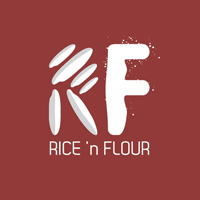Butter in North America consists of about 80% fat, 15% water, and 5% milk solids (protein). In Europe, butter can have the fat content of up to 82% and a lower moisture content. Butter is most often made from cow’s milk, even though it can also be produced from goat or other mammals. Butter stays solid at room temperature and melt at ~32˚C (90˚F). Its color ranges from white to pale yellow depending on the diet of the animal that produced the milk. Commercial butter is usually colored yellow with added ingredients for consumers’ desires.
Some common types of butter include:
- Sweet cream butter is made from pasteurized cream. It has light and fresh flavor and is the most common butter sold in North America.
- Cultured butter is produced by allowing bacteria to ferment the sugars in cream prior to churning. This provides a tart, tangy flavor to the butter. This type of butter is often seen in European markets.
- Ghee is clarified butter that is produced by heating butter until the water evaporates off and the protein separates from the fat. It has a rich, nutty flavor and a more golden color. It is popular in Middle Eastern cuisine.
- Spreadable butter is soft at room temperature from the combination of traditional butter and liquid oils, such as vegetable oils.
Shortenings and butter can both be used as a shortening agent in baked goods. However, due to the differences in their properties, the end products will have slightly different texture or flavor.




JOIN US